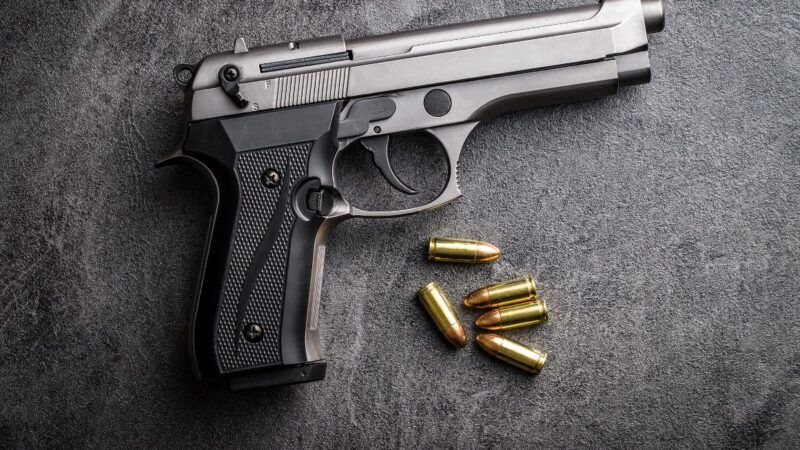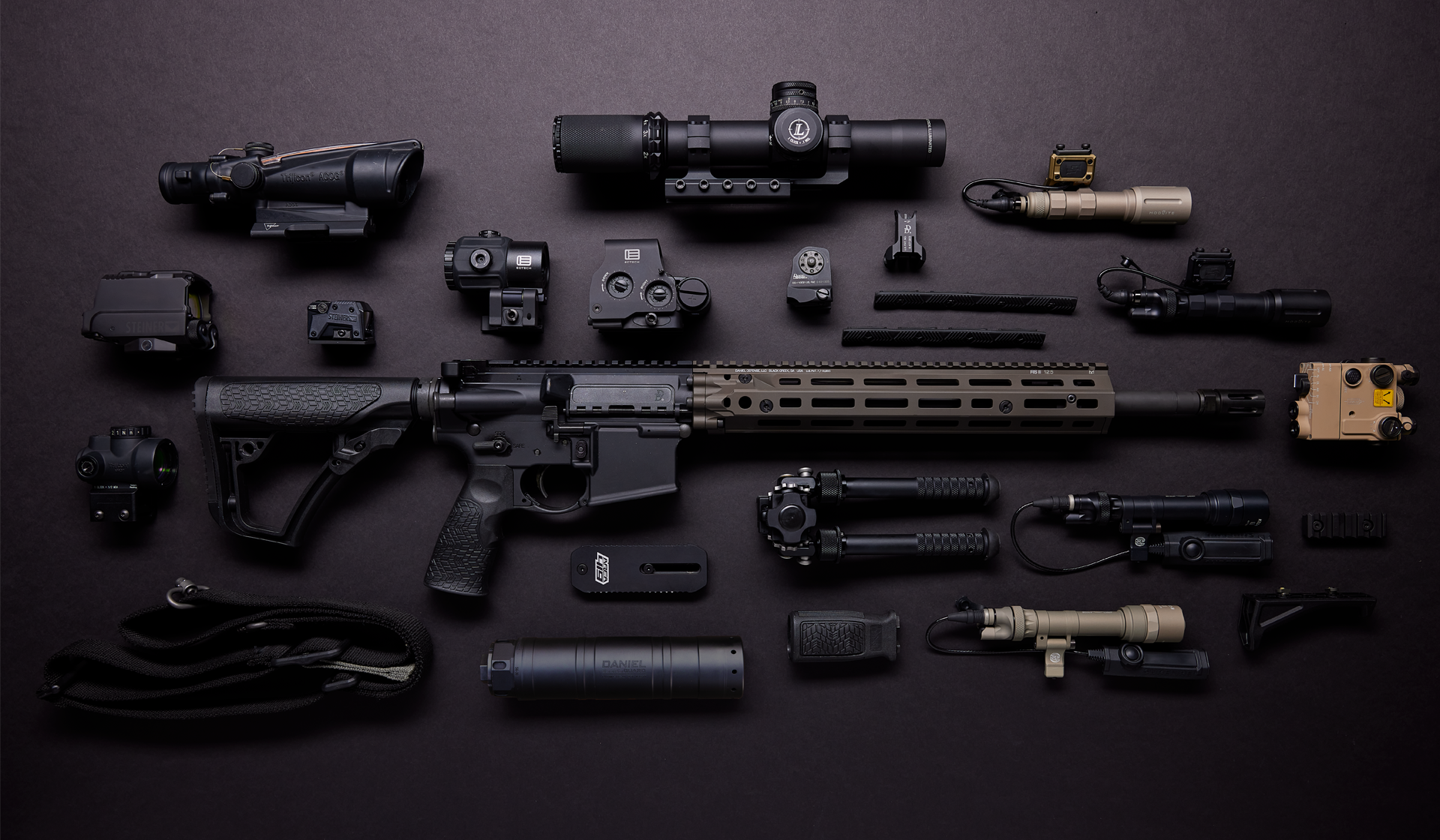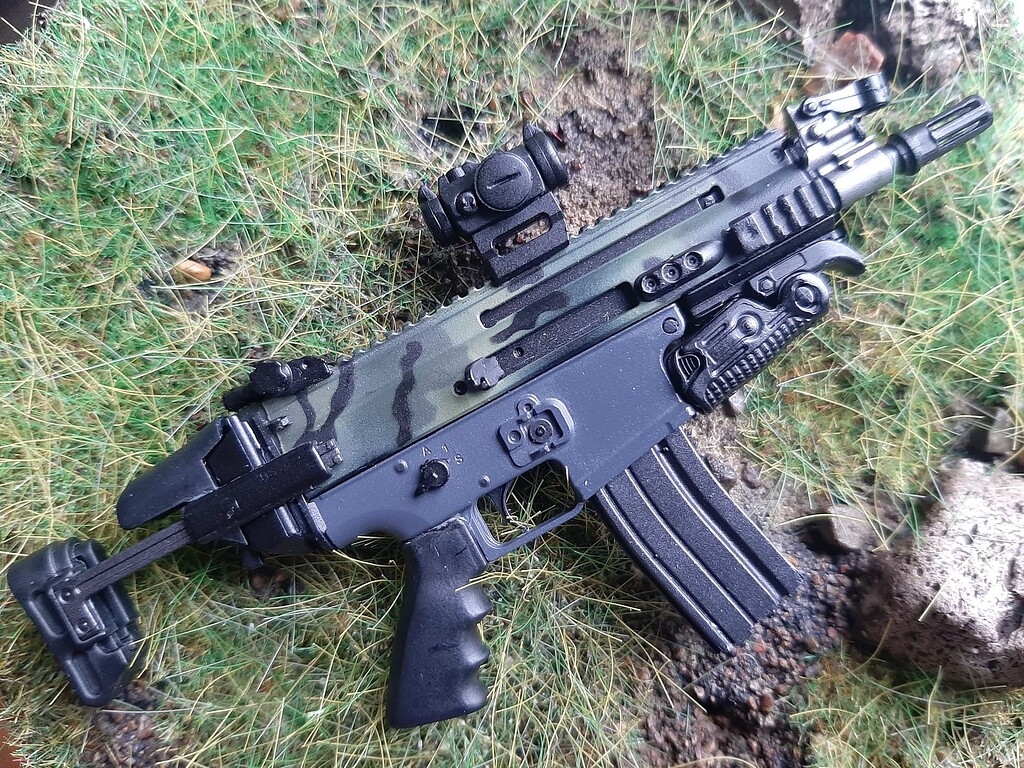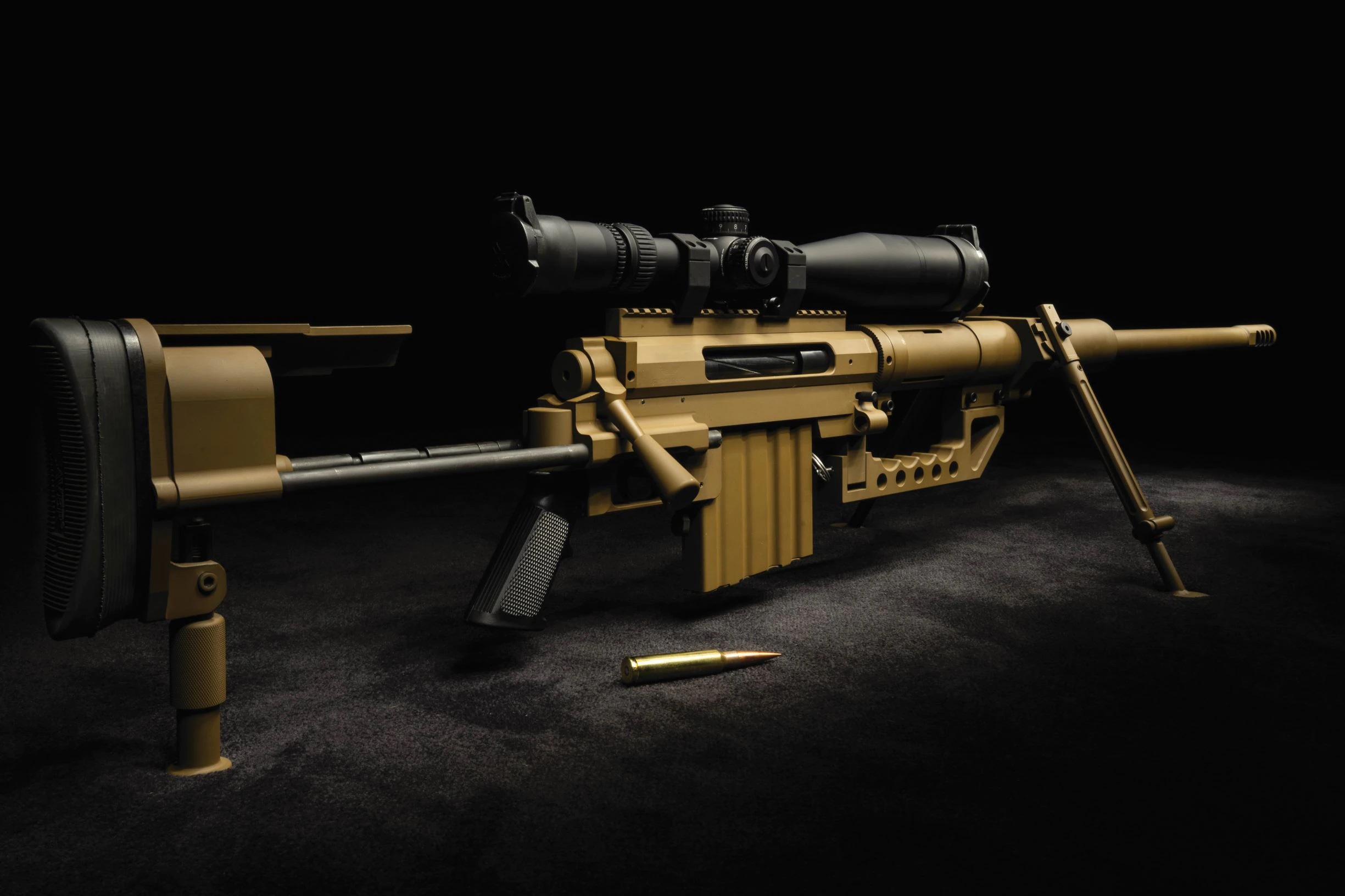Firearms have been an integral part of human history for centuries, evolving from simple handheld tools to complex, highly advanced weapons used in a wide range of applications. Whether for self-defense, military purposes, law enforcement, or recreational use, firearms play a critical role in modern society. In this article, we will explore the history, types, regulations, and controversies surrounding firearms, as well as their impact on societies and individuals.
1. The History of Firearms
The history of firearms dates back to the 9th century, when gunpowder was first invented in China. Early firearms were rudimentary and included simple hand cannons. These early firearms were large and unwieldy, often ineffective and unreliable. Over time, improvements in gunpowder and firearm design led to more efficient and practical weapons.
By the 15th century, firearms such as matchlocks and wheellocks began to emerge in Europe, marking a significant step in the development of modern guns. The matchlock, introduced in the 1400s, was one of the first firearms to feature a trigger mechanism to ignite gunpowder. This development allowed firearms to become more reliable, portable, and efficient in battle.
The 19th century saw significant advancements with the introduction of rifled barrels, which increased accuracy, and repeating firearms, which allowed for multiple shots without reloading. The invention of smokeless powder in the late 19th century further revolutionized firearms, as it provided greater power and less visible smoke, improving shooting performance.
2. Types of Firearms
Firearms are typically categorized based on their design, intended use, and method of operation. Some common types include:
- Handguns: These are small, portable firearms designed for personal defense or law enforcement use. They come in two main types: revolvers, which have a rotating cylinder that holds rounds, and semi-automatic pistols, which automatically reload after each shot.
- Rifles: Rifles are long-barreled firearms designed for precision shooting over longer distances. They can be either bolt-action, semi-automatic, or fully automatic. Military, hunting, and sporting rifles are the most common examples.
- Shotguns: Shotguns are firearms that fire shells containing multiple small pellets or a single slug. They are primarily used for hunting, sport shooting, and in some law enforcement applications.
- Automatic Firearms: These weapons are capable of firing continuously as long as the trigger is pressed. Fully automatic firearms are typically used by military forces but are heavily regulated in many countries.
- Submachine Guns: Compact and lightweight, submachine guns combine elements of pistols and rifles, offering a high rate of fire and portability. They are often used by military and special forces.
3. Firearm Regulations
Firearm regulation varies significantly across different countries and regions. In some nations, firearms are heavily restricted or banned, while others have relatively lax laws. The regulation of firearms generally falls into two categories:
- Ownership Laws: In many countries, individuals must meet certain requirements to own a firearm, such as background checks, psychological evaluations, and waiting periods. In some countries, ownership is limited to specific types of firearms, and ownership of military-grade weapons is banned.
- Usage and Carry Laws: Many countries have laws governing how and where firearms can be carried or used. For instance, concealed carry laws allow individuals to carry concealed weapons, while open carry laws permit individuals to carry firearms visibly in public. Additionally, there are restrictions on when and where firearms can be discharged, such as bans on firing weapons in populated areas or requiring licenses for hunting.
- International Law: At the international level, there are conventions and treaties that regulate the trade of firearms, such as the United Nations Arms Trade Treaty (ATT). These agreements aim to reduce the illegal trafficking of arms and promote the safe use of firearms worldwide.
4. Firearm Safety and Training
Safety is a critical consideration when handling firearms. Proper training and adherence to safety protocols can help prevent accidents and misuse. Basic firearm safety includes:
- Always treat a firearm as if it is loaded: Never point a firearm at anything you do not intend to shoot.
- Keep your finger off the trigger until ready to shoot.
- Know your target and what is beyond it to avoid unintended harm.
- Store firearms securely in a locked safe, out of reach of children and unauthorized users.
Many countries require individuals to undergo safety courses before purchasing firearms, particularly for hunting or carrying concealed weapons. Regular practice and training are also recommended to maintain proficiency.
5. Firearm Controversies and Debates
The widespread use and ownership of firearms have led to numerous debates and controversies, particularly concerning gun violence and regulation.
- Gun Violence and Mass Shootings: In countries like the United States, the prevalence of firearms has been linked to higher rates of gun-related violence, including mass shootings. Critics of lax gun laws argue that stricter regulations could reduce gun violence, while proponents assert that gun ownership is a fundamental right and a deterrent against crime.
- Second Amendment (U.S.): In the U.S., the right to bear arms is enshrined in the Second Amendment of the Constitution. This provision has been at the center of ongoing debates about the balance between personal rights and public safety. Advocates for gun rights argue that it is essential for self-defense and personal freedom, while opponents contend that more restrictive laws are necessary to reduce gun-related deaths.
- Gun Control vs. Gun Rights: Globally, the balance between gun control and gun rights is a contentious issue. Proponents of stricter gun control argue that regulating firearms more strictly can reduce crime and prevent violence, while opponents contend that gun rights are vital for individual freedom and self-defense.
- Cultural Impact: Firearms are deeply embedded in the culture of certain countries, influencing everything from recreational activities like hunting and target shooting to the role of guns in law enforcement and military operations. This cultural connection can make discussions about gun control particularly sensitive.
6. The Future of Firearms
The future of firearms is shaped by ongoing technological advancements. Innovations such as smart guns, which use biometric recognition to ensure only authorized users can fire them, could improve firearm safety. Furthermore, developments in ammunition, materials science, and the integration of digital technologies may lead to more efficient, accurate, and safer firearms.
As global political climates evolve, so too will the debate over firearms. The challenge will be finding a balance between individual rights, public safety, and technological advancements.
Conclusion
Firearms have played a significant role in shaping human history, from early gunpowder weapons to today’s highly advanced firearms. Whether for personal defense, sport, or military use, firearms remain a key element of modern life. However, their widespread use has also given rise to important debates about regulation, safety, and the potential for violence. Understanding firearms, their impact on society, and the regulations governing their use is crucial for addressing the challenges they present in contemporary discourse.



